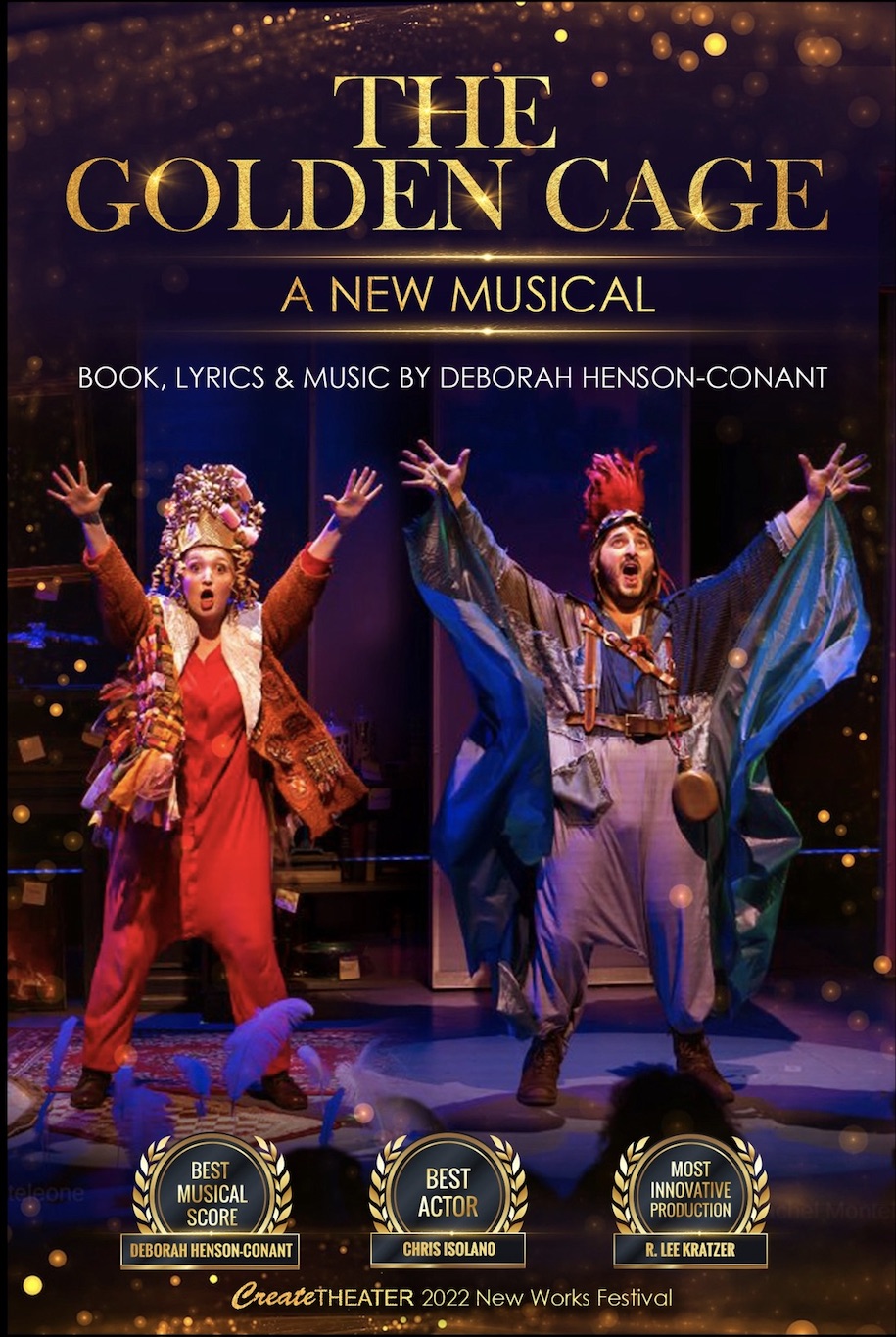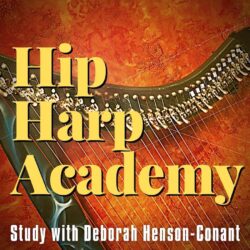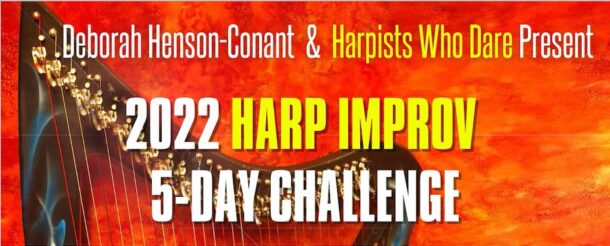SALZBURG PROGRAM Video Demos & Tricky Parts Info
Cosita Latina
This is the score of Cosita Latina. NOTE: I tried to start the video at measure 18 of the score.
TRICKY PARTS (Cosita Latina)
There don’t seem to be any serious tricky parts in this piece. It seems to rehearse and play fairly easily.
Cosita Latina Demo (start at 45 sec)
Way You Are Blues
This is the score of Way YOu Are Blues – it’s open for other instrumental soloists by repeating D-E as needed.
Way You Are Blues
TRICKY PARTS (Way You Are Blues)
Conductor – [m. 9 / 11] – Conductor usually starts beating in 9 (2 bars before the orchestra comes in) or 11 (the measure the strings & drumset comes in)
Conductor & Jazz/Blues Soloist (in the orchestra) – [m. 37-48 ] – If there’s a great blues or jazz soloist in the orchestra (tpt, tbn, clarinet, fiddle, or whoever) they could take a solo from 37- 48 [D]. Depending on how many people will take solos and how long each solo will be; 37-48 can repeated any number of times. At times we’ve even left the section (37-48) open, with a cue from the conductor for when to go on to Letter E, or repeated the larger section 37-60. It all depends on what the conductor, soloists & orchestra are comfortable with and how much rehearsal time we have to experiment.
All – Dynamics – [61-76] – We often need more than what’s originally printed in the score
Basses – [94] – arco (not pizz tremolo)
TRICKY PARTS (Nightingale)
Conductor [General Note] – I like to float over the rhythm, so conductor shouldn’t worry about following my words. Your CUE is when I say “She was my nightingale” — it’s easy to get faked out because the intro I play is similar to what’s written in bar one. I may make reference to the melody several times during my intro, but I will ALWAYS say “She was my nightingale” before I begin Bar 1 for real.
Everyone [65-92] – The upper woodwinds are dominant, if not in dynamic, in sense of of movement — any time woodwinds have a moving line, they should bring it out and be aware of moving within the counterpoint of the other woodwinds. Horns are next in prominence and the strings are creating the greater part of the atmosphere. It’s as though the woodwinds were the birds, the horns the trees and the strings the night sky.
Conductor & Everyone [93] – No subito piano, rather truly arriving at 93 and pulling back a little at 101, with a decrescendo in 100
Fl. 1 [33-40] – Pull this up at least one dynamic marking to make sure you’re heard — you are like a descant voice here
E.H. & Cl. 1 [65-72] – This should sound like a duet between the two of you — the EH is slightly dominant to the Cl. 1, but they are both important — bring the dynamic markings up to f (EH) and mf (Cl) at the least.
E.H. [9] – Dynamic should be forte although you are playing with a Dolce feeling — you should be singing above everything else here. This line should sound as if it’s ad lib, but the underlying tempo should remain steady, so you need to make sure that any downbeat notes are actually played on the downbeat. All the triplets and 32nd notes are grace notes, so there is some liberty in where you actually place them.
E.H. [41-48] – Bring this out — you are the countermelody to the voice
Horns [33-40] Bring these lines out, even though they’re marked mp — you can play them louder — you should be nearly equal with the singer — you are a countermelody to her melody
Califypso
This is the score of Califypso.. It’s fun, it’s upbeat, it features the different families of instruments one-by-one in the orchestra, it has audience participation and it can also be used as a feature for harp ensemble and as a ‘guest conductor’ feature.
TRICKY PARTS (Califypso)
This is a pretty simple piece that basically plays itself. There are no tricky parts that I know of.
Califypso (Archival Demo Audio)
New Blues
This is a feature for the orchestra harpist and/or a local harp ensemble – but it can also feature other orchestral players. The way it usually works — assuming it’s been OK’d by administration, conductor and orchestral harpist — is that the orchestral harpist (and her/his harp) will be brought out in front of the orchestra at Deborah’s request, may be asked to play one or two short clichéd harp excerpts, then the orchestra harpist & Deborah will play New Blues as a feature with the orchestra.
TRICKY PARTS (New Blues)
- Conductor – [37-48] – EXTRA SOLO POSSIBILITY If there’s a great blues or jazz soloist in the orchestra – or even someone just willing to try (tpt, tbn, clarinet, fiddle, or whoever) solos are available from m. 37 – 48. For more solos or longer solos, 37-48 can also be repeated as many times as desired.
- Conductor [75-81] – I’ll be playing something there — I just don’t know what
New Blues
Catcher in the Rye
This piece was inspired by Davey Steele, a Scottish singer and bodhran player whose voice embodied the tenderness of Scottish ballads and whose percussive playing evoked huge passion.
This is the score of Catcher in the Rye
I started the video at 1:17, where the orchestra comes in, after the story (sorry – the video disappeared)
Catcher in the Rye
TRICKY PARTS (Catcher in the Rye):
- Conductor & Timpani or Percussion (Toms) – [Throughout] – The timp part in the score may be played on Toms (depending on acoustics and other considerations). If so, there’s ’s a sparser timpani part that was added after the score was finished (it accents the Tom part).
- Conductor & Timpani or Percussion (Toms) – [167-174] – Starting at 167 there’s a long, semi-improvised solo for harp & one of the following: Timpani, Bodhran, Frame drum, Snare drum. If it’s anything other than Timpani, the percussionist comes out front to play the duet with me. Depending on the drum you play, you may be miked.
Here’s how it happens: Starting at Letter N, there are 4 orchestra “hits” followed by short harp solos. The fourth hit is at 162-163. I will extend the following “solo” (m. 163-166) as long as needed to give you time to come out and get ready to play with me. You’ll remain out to the end of the tune. If this tune is done with Timp, I’ll raise my arm to cue you to start the featured solo. Timpani – Feature Part PDF Download: Pg. 1 Pg. 2
- Everyone (Tempo) – [199-202] – The tempo should stay the same as in the previous section
- Everyone (Tempo) – [203] – This is in 8. NO FERMATA. Eighth note in 203 = half note in 202
- Everyone (Tempo) [204 – 207] – This is in 2. Same tempo as in 199-202
- Everyone (Tempo) [209] – This is in 8. NO FERMATA. Eighth note in 208 = half note in 207
- E.H. (or Clarinet) [2 – 5] – This is extremely exposed. All grace notes should be very short (just embellishments, the classic, mournful Celtic piper’s sound. When an English Horn isn’t available, this part can be played on Clarinet but we never supply that part unless the conductor specifically asks for it.
Healing the Waters
This is the score of Healing the Waters
EARTH-DAY MESSAGE:
We’re the caretakers of our own greatest resources. “Healing the Waters” was a gift for philanthropist, ecologies and friend Peter Wege, to honor his commitment to the project to clean up Lake Michigan.
ALTERNATE:
“RAIN KING” – for solo harp, which is about the power of nature to personify our our passions and struggles.
SOLO OPTIONS (if needed)
Depending on the timing of the concert, we can add one or two solo pieces here:
1. “Quixota” (Cirque du Lune) (solo harp)
This is a dynamic solo piece with looper
EARTH-DAY MESSAGE: Sometimes we pit ourselves against nature in a quest of human striving.
2.”I’ll Be Your Sous Chef, Baby” (solo harp & voice)
This is a funny, sexy piece about preparing food.
EARTH-DAY MESSAGE: The Earth-Day message is that, as humans, we can take some of our simplest connections to the earth (like our connection of food) and blow them to completely ridiculous extremes. But that’s part of what makes us human.
3.Take Five (solo harp & voice)
EARTH-DAY MESSAGE: The power of rhythm, both in nature and human experience and the ability to be inspired by those who came before us.
ALTERNATE OPTIONS
The Celtic Minstrel and his Wild Harp
This is the score of (The Celtic Minstrel) & the Wild Harp
It’s fun and easy to play, but I’m 99% I programmed it the last time I played with Symphony Tacoma, and I didn’t want to program too much repeated material.
EARTH-DAY MESSAGE: Through all times, war has ravaged both the earth and its people – yet MUSIC has the power to bridge disconnects and allow triumph of the human spirit that war can’t destroy.
Pava Diablo (Midi)
Pava Diablo
This is the score of Pava Diablo
This audio is just midi-audio with harp.
This piece is usually most effective with a timpanist who is inventive and enjoys improv.
EARTH-DAY MESSAGE: This is about the beauty of wild places.
Love Gone Bad
Love Gone Bad (solo or Tbn, Hrp & Vox)
(There’s no current score for this – but it we included Tbn, voices, or other harps, I’d provide one)
EARTH-DAY MESSAGE: This is kind of a companion song to “I’ll Be Your Sous-Chef, Baby” – it’s also about human’s relationship to food — but this time it’s about what happens when food — and love — go bad.
Danger Zone
This is the score of Danger Zone. This is the one score I’m not 100% certain will work with the harp I play nowIf you love it, I’ll make it work. If it leaves you cold I won’t bother.
The first part (from 0:00 to about 4:50) is just theater. In this video the orchestra is playing, including a celesta, but that’s not essential instrumentation.
EARTH-DAY MESSAGE: Um … seriously, I can’t think of one.
ORIGINALLY PROPOSED PROGRAM
I tried to start the video at measure 18 of the score.
SOLO – Brubecker
I just noticed that this score has 4 horns & 3 trumpets – but I know we’ve done it with pairs of brass and winds. I’ll need to check the library sheet to find out exactly how that works.
SOLO – Take Five
I started the video at 1:17, where the orchestra comes in, after the story
INTERMISSION
SOLO – Quixota
Ramsay's Reel Ride
Ramsay's Reel Ride (Piano & Harp - with some cuts)
We don’t have video of this, I only have some archival audio (at left) and an arrangement for piano & harp that will give you an idea of the flavor but not the complete form.
I’m not convinced this is easy to rehearse, so this one is optional, but it’s really fun and has a fun story with it.
SOLO – Sous Chef
This piece is now playable on the wearable harp, so it’ll be great to do it.
ALTERNATE OPTIONS
HARPISTS – This section is for you
Califypso (Archival Demo Audio)
This is the music for CALIFYPSO
Download Practice Audio here. It sounds really terrible (it’s bad midi) but it’s in 3 different tempos so you can practice it. You can’t download the audio at the left, but it’s from an actual performance, so you can hear how it actually sounds.
Watch the video at left for training on the strumming and my vision of how to play the piece. (to see it larger, watch it at YouTube)
Download Playalong Audiofiles:
The info for NEW BLUES, the 2nd piece we’ll play is all here.
The 3rd piece, “You Have a Voice” is very, very simple – literally 5 notes. I’ll show you in our rehearsal – and we don’t play it on every program.



